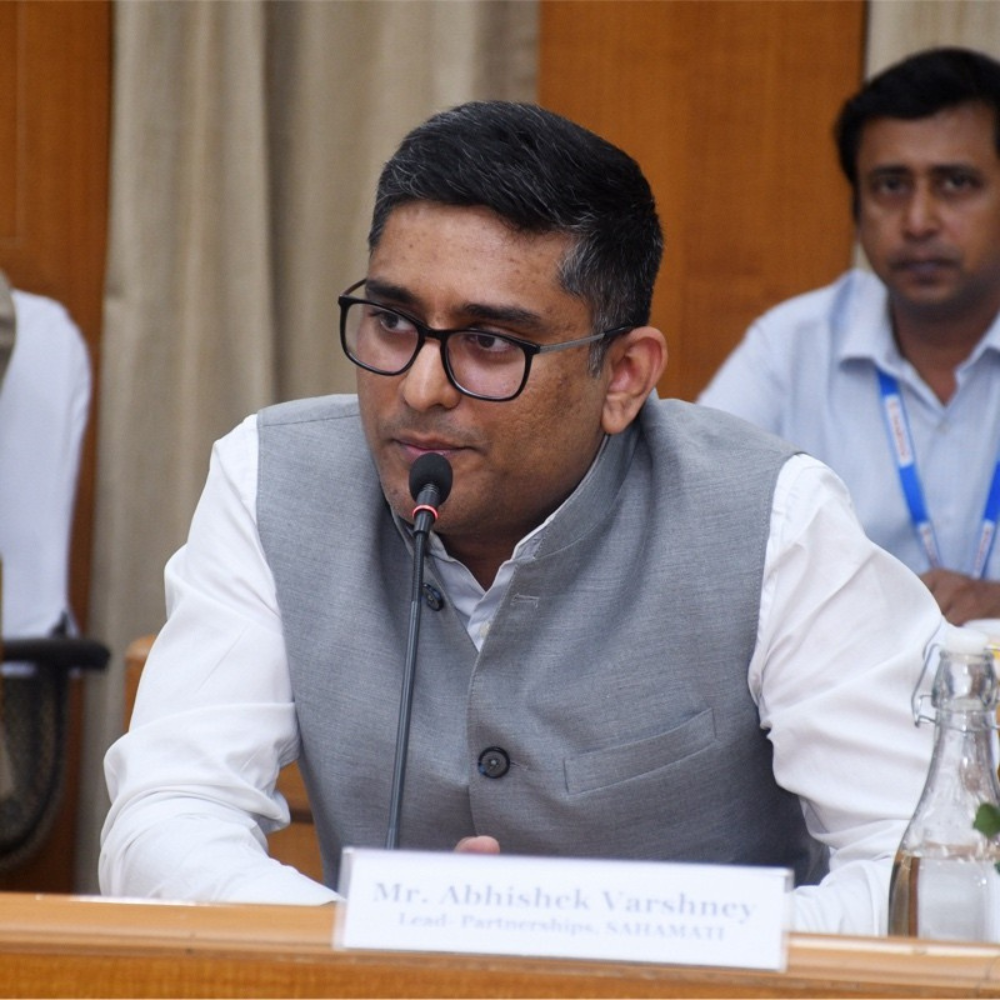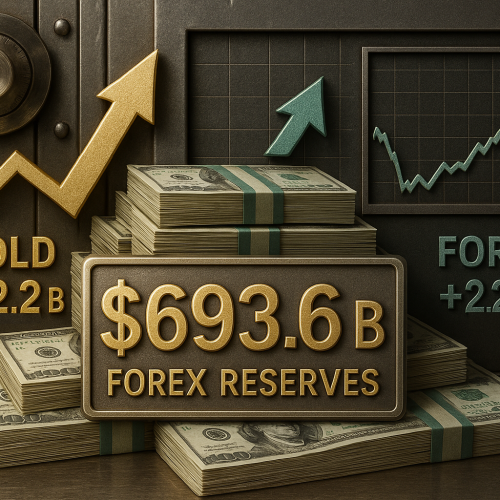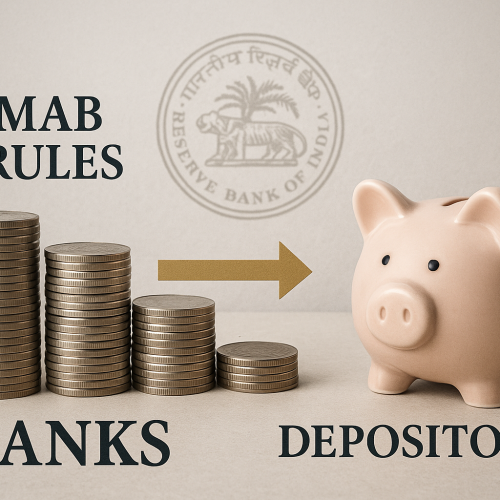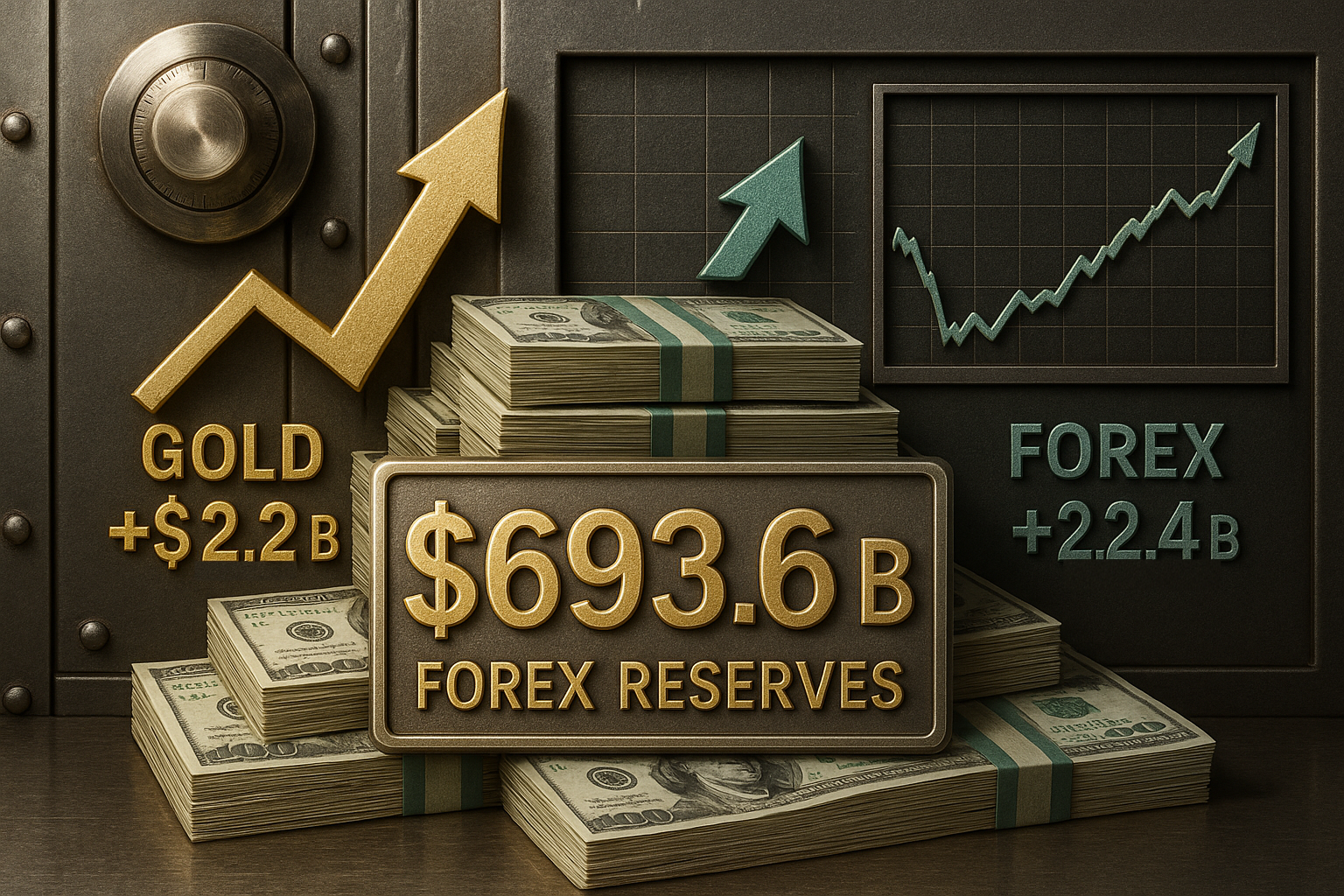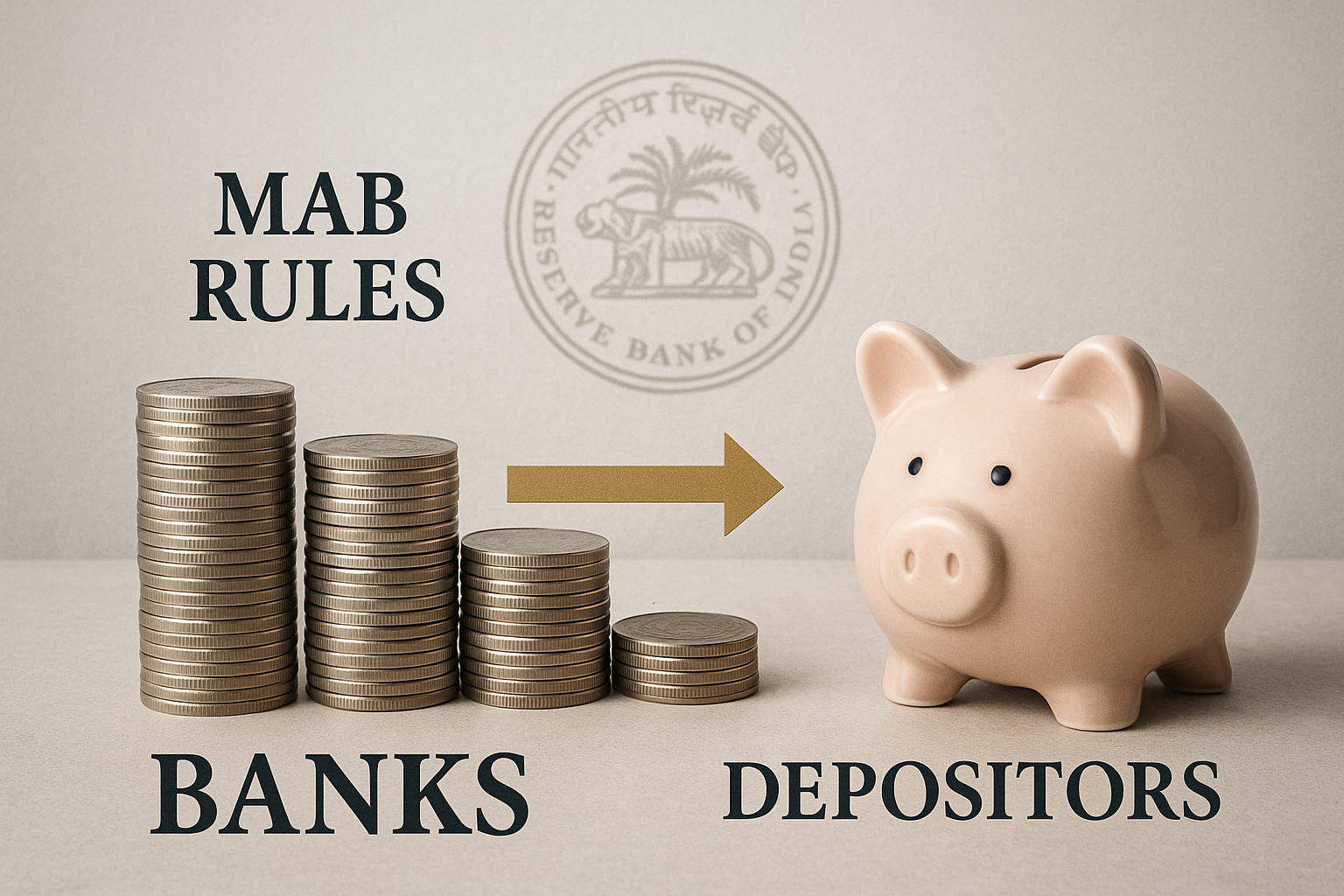India is bracing for the economic turbulence triggered by the U.S. doubling tariffs on Indian exports—a retaliatory measure over India’s stance on Russian oil imports. According to Fitch’s CreditSights, while the direct impact is manageable, several pivotal sectors—textiles, auto components, and banks—may face indirect strain. Economic growth may slow, banks could encounter weaker credit demand, and pressure mounts on geopolitical alignments.
What’s Unfolding?
Stretched Tariffs: The U.S. has doubled import duties on Indian goods from 25% to 50%, signaling a hardening stance in trade policy.
Sectoral Trouble Spots: Cost-sensitive, labor-intensive industries—apparel, gems, and auto components—are at the front of the fallout, likely facing margin squeezes and demand compression.
Macro Ripple Effects: Despite India’s resilient economic fundamentals and limited trade dependence, Fitch’s CreditSights warns of a modest GDP slowdown and potential declines in export-driven growth.
Banking Sector Risks: Banks could grapple with diminished loan demand from affected firms, elevated credit risk, and constrained asset quality amid turbulence in key industrial segments.
Strategic Implications for Stakeholders
| Stakeholder | Impacts & Insights |
|---|---|
| Export Firms | Facing urgent need to diversify markets; may cut production or scale back exports. |
| Banks | Anticipate slowing loan growth, especially in affected industrial segments. |
| Government | Faces pressure to intervene—via credit guarantees, policy reforms, and export incentives. |
| Economy at Large | Growth may slow by 80 basis points if tariffs persist—a setback for $87B export drive. |
| Rupee & Inflation | Tariffs could weigh on the currency and subtly elevate inflation via input cost escalations. |
The Policy Response So Far
Credit Support on the Horizon: The government is reportedly preparing a credit guarantee scheme—offering 10–15% coverage for SME and exporter loans—to cushion affected players.
Tactical Realignment: India is fast-tracking reforms aimed at trade diversification, easing business compliances, and strengthening domestic manufacturing.
Ratings Stability Maintained—but Monitored: Though agencies like S&P anticipate continued sovereign rating strength, Moody’s has flagged potential risks to manufacturing and sentiment if tariffs persist.
Conclusion
India’s economy now faces significant headwinds from escalating U.S. tariffs. The impact may ripple across exports, banking, and investor confidence. However, with resilient fundamentals and government readiness to step in, the outlook remains cautiously optimistic. Vigilant policy responses and private sector agility will be pivotal in managing the fallout.




